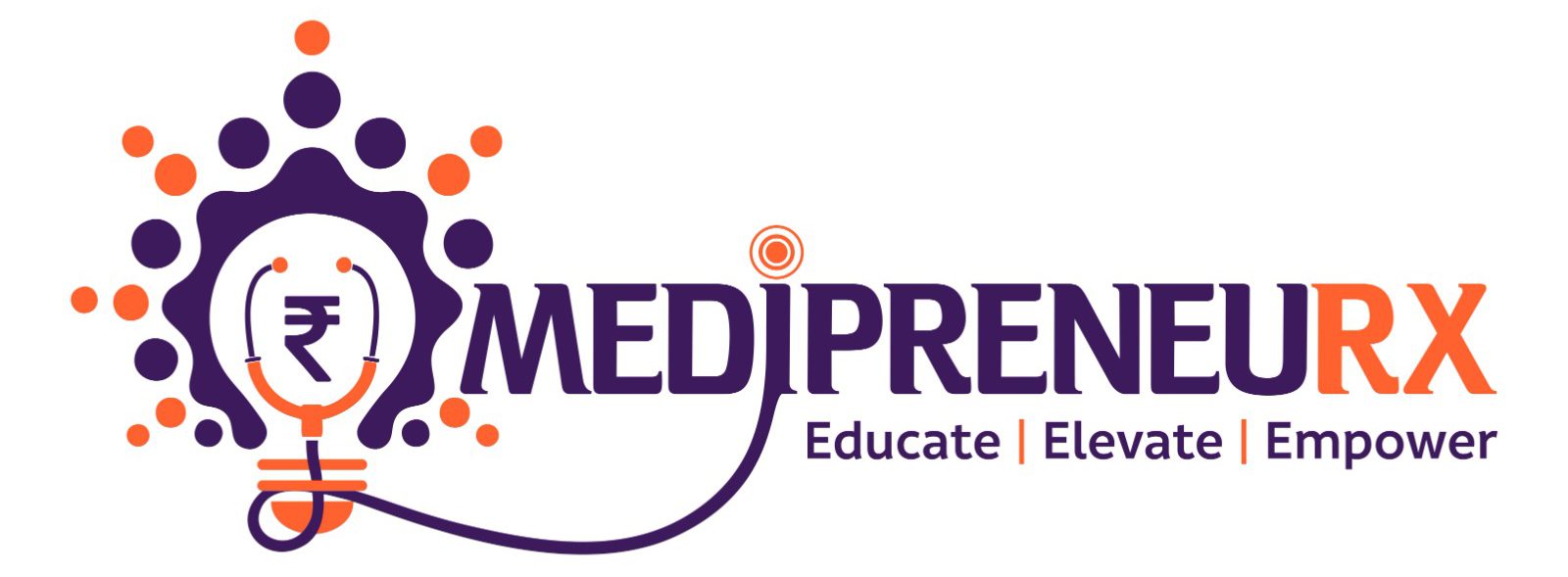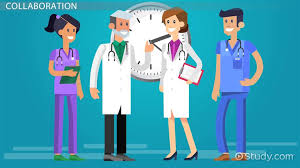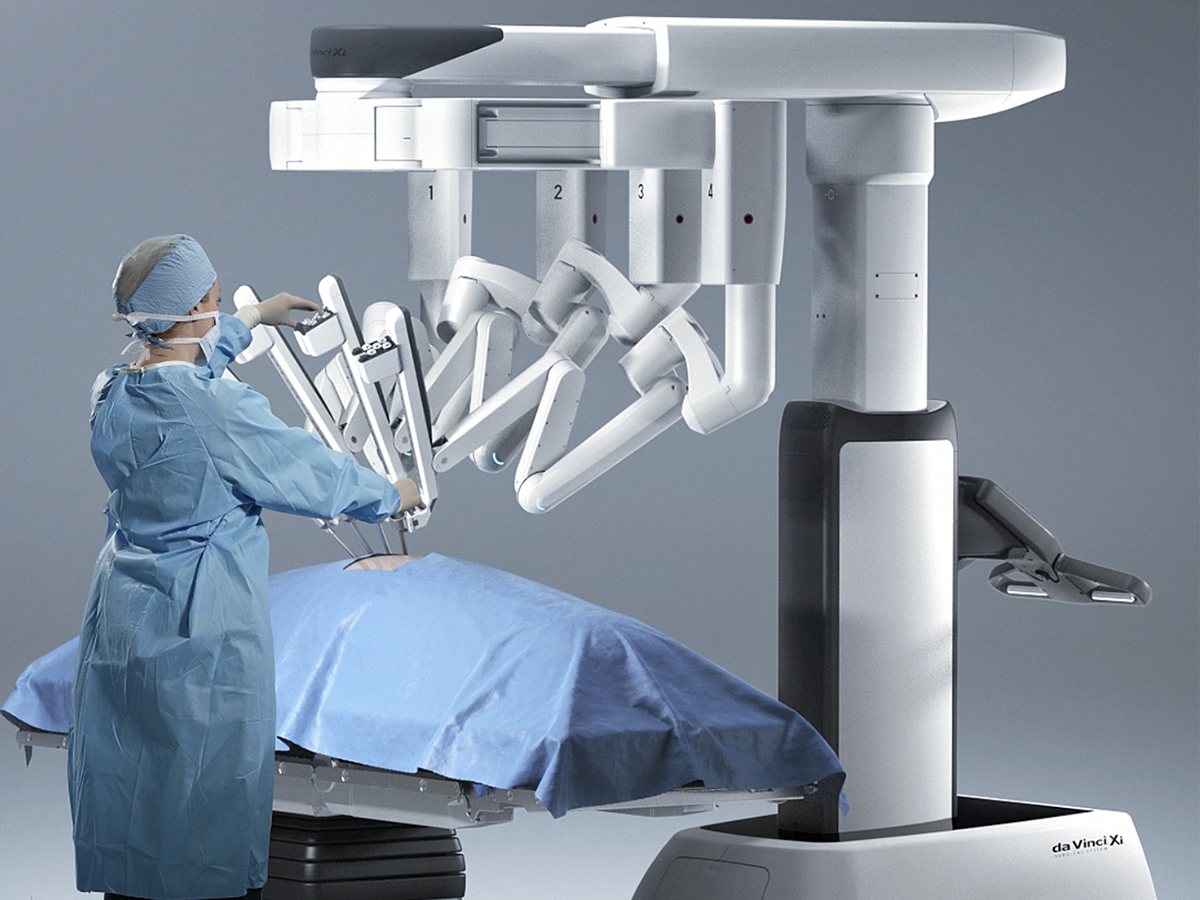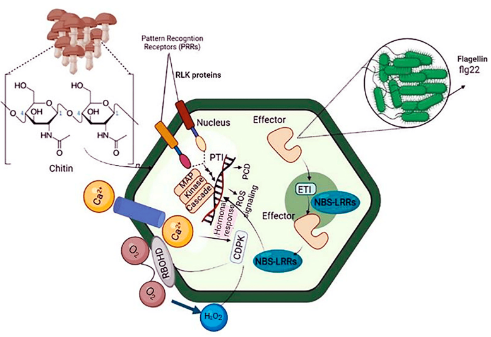In modern healthcare, the complexity of patient care often requires a collaborative approach involving professionals from diverse disciplines. Interdisciplinary team communication—referring to the interaction between healthcare professionals from various fields—is crucial in ensuring effective, comprehensive, and patient-centered care. This essay delves into the significance of effective interdisciplinary communication, examining its impact on patient outcomes, team dynamics, and overall healthcare quality.
Understanding Interdisciplinary Team Communication
-
Definition and Scope :
Interdisciplinary team communication involves the exchange of information and ideas among professionals from different specialties, such as doctors, nurses, pharmacists, social workers, and therapists. This collaboration is essential for addressing the multifaceted needs of patients, particularly those with complex conditions that require expertise from multiple fields.
-
Components of Effective Communication :
Among the elements of effective interdisciplinary team communication are:
Verbal Communication: During meetings, rounds, and handoffs, interactions should be brief and clear.
Written Communication: Accurate and comprehensive documentation in patient records.
Non-Verbal Communication: Body language and other non-verbal cues that can influence team interactions.
Electronic Communication: Use of digital tools and platforms for information sharing and coordination.
The Impact of Effective Interdisciplinary Communication
-
Enhancing Patient Care :
Holistic Approach – Effective communication ensures that all aspects of patient care are addressed. For example, a patient with diabetes may require input from endocrinologists, dietitians, and diabetes educators. By collaborating, these professionals can create a comprehensive care plan that addresses medical, nutritional, and educational needs, leading to better management of the disease.
Coordination and Continuity – Good communication helps coordinate care across different services and settings. This is particularly important for patients transitioning between hospital care and home or other facilities. Effective handoffs and communication help prevent gaps in care, reducing the risk of errors and ensuring continuity.
-
Improving Patient Outcomes :
Reducing Errors – Interdisciplinary communication helps reduce medical errors by ensuring that all team members are aware of the patient’s status and treatment plan. For example, clear communication between pharmacists and physicians about medication orders can prevent drug interactions and adverse effects.
Enhancing Efficiency – Effective communication streamlines processes, reducing redundant tests and procedures. For instance, if a patient’s test results are shared promptly with all relevant team members, unnecessary repeat testing can be avoided, saving time and resources.
-
Boosting Team Morale and Satisfaction :
Collaborative Work Environment – Positive communication fosters a collaborative work environment, where team members feel valued and understood. This can improve job satisfaction and reduce burnout among healthcare professionals, leading to a more cohesive and motivated team.
Mutual Respect – Interdisciplinary communication promotes respect for each professional’s expertise and contributions. When team members acknowledge and appreciate each other’s roles, it enhances teamwork and cooperation, contributing to a more effective and supportive work environment.
Challenges in Interdisciplinary Team Communication
-
Barriers to Communication :
Hierarchical Structures – Hierarchical structures within healthcare organizations can impede open communication. For example, junior staff may feel reluctant to voice concerns or suggestions in the presence of senior professionals, potentially leading to overlooked issues or suboptimal patient care.
Professional Jargon -Different disciplines use specialized terminology, which can create misunderstandings. For instance, medical terminology used by physicians may be unfamiliar to social workers or psychologists, leading to communication gaps and potential errors.
-
Time Constraints :
Busy Schedules – Healthcare professionals often have demanding schedules, leaving limited time for team meetings and discussions. This can hinder effective communication, as important information may not be shared in a timely manner.
Competing Priorities – Balancing patient care with administrative tasks and other responsibilities can strain communication efforts. For example, a physician may prioritize clinical duties over team meetings, affecting the frequency and quality of interdisciplinary interactions.
-
Cultural and Organizational Differences :
Diverse Backgrounds – Healthcare professionals come from various educational and cultural backgrounds, which can influence communication styles and expectations. These differences may lead to misalignments in goals or approaches to patient care.
Institutional Norms – Different healthcare institutions may have varying communication practices and protocols. For instance, one hospital may emphasize formal documentation, while another relies on informal verbal updates. These variations can affect how effectively teams collaborate.
Strategies for Effective Interdisciplinary Communication
-
Structured Communication Tools :
SBAR Technique – The SBAR (Situation-Background-Assessment-Recommendation) technique provides a structured framework for communication, particularly during handoffs and critical situations. It helps ensure that essential information is conveyed clearly and concisely.
Team Meetings – Regular team meetings facilitate communication and coordination. Structured meetings with clear agendas and defined roles help ensure that all team members have the opportunity to contribute and stay informed about patient care plans.
-
Training and Education :
Interdisciplinary Training Programs – Training programs that focus on the roles and responsibilities of different disciplines enhance understanding and collaboration. Such programs can include workshops, simulations, and case studies to improve team dynamics and communication skills.
Communication Skills Workshops – Workshops focused on improving interpersonal communication skills can benefit all team members. These workshops may cover topics such as active listening, conflict resolution, and effective feedback.
-
Technology and Tools :
Electronic Health Records (EHRs) – EHRs facilitate real-time information sharing and documentation, allowing all team members to access up-to-date patient information. This helps improve coordination and reduces the risk of errors associated with manual record-keeping.
Collaborative Platforms – Digital platforms such as Slack, Microsoft Teams, and telemedicine tools support real-time communication and collaboration. These tools enable quick information exchange and remote consultations, enhancing team coordination.
-
Building a Collaborative Culture :
Leadership Support – Leadership plays a crucial role in fostering a collaborative culture. Leaders can promote interdisciplinary communication by setting expectations, providing resources, and modeling effective communication behaviors.
Feedback Mechanisms – Establishing mechanisms for regular feedback helps identify and address communication issues. Feedback from team members can inform improvements in communication practices and enhance overall team performance.
Case Studies and Examples
-
Successful Interdisciplinary Communication :
Case Study: Implementation of SBAR – A hospital implemented the SBAR technique to improve handoff communication between nursing and medical staff. The standardized approach led to a significant reduction in communication-related errors and improved patient safety.
Case Study: Multidisciplinary Rounds in Oncology – An oncology team conducted multidisciplinary rounds involving oncologists, nurses, pharmacists, and social workers. This approach improved patient outcomes and team satisfaction by ensuring comprehensive care and effective communication.
-
Lessons Learned :
Challenges Addressed – Challenges such as hierarchical barriers and jargon were addressed through structured communication tools and training. Teams reported improved clarity and collaboration as a result.
Best Practices – Best practices include regular team meetings, the use of structured communication tools, and ongoing training. These practices contribute to more effective interdisciplinary collaboration and better patient care.
Future Directions and Innovations
-
Emerging Technologies :
Artificial Intelligence – AI tools can analyze communication patterns and provide insights for improving team interactions. AI-driven platforms may also support decision-making and information sharing.
Telemedicine– Telemedicine enhances remote interdisciplinary collaboration by facilitating virtual consultations and meetings. This technology supports communication between team members across different locations and time zones.
-
Evolving Healthcare Models :
Patient-Centered Care – The shift towards patient-centered care emphasizes integrating patient preferences into care plans. Effective interdisciplinary communication is key to aligning team efforts with patient needs and goals.
Value-Based Care – Value-based care models focus on outcomes and efficiency. Interdisciplinary communication supports these models by improving care coordination, reducing costs, and enhancing patient satisfaction.
Conclusion
Recap of Importance – Effective interdisciplinary team communication is essential to providing patient-centered, high-quality care. Good communication guarantees efficient and well-coordinated care, boosts team morale, and improves patient outcomes.
Call to Action – It is crucial to keep working to make multidisciplinary communication better. To promote greater teamwork and provide the best possible patient care, healthcare institutions should make investments in technology, training, and cultural transformations.
Future Research – To better understand creative communication techniques and how they affect the provision of healthcare, more research is required. Interdisciplinary teamwork will advance as new technology and care models are explored and developed.








